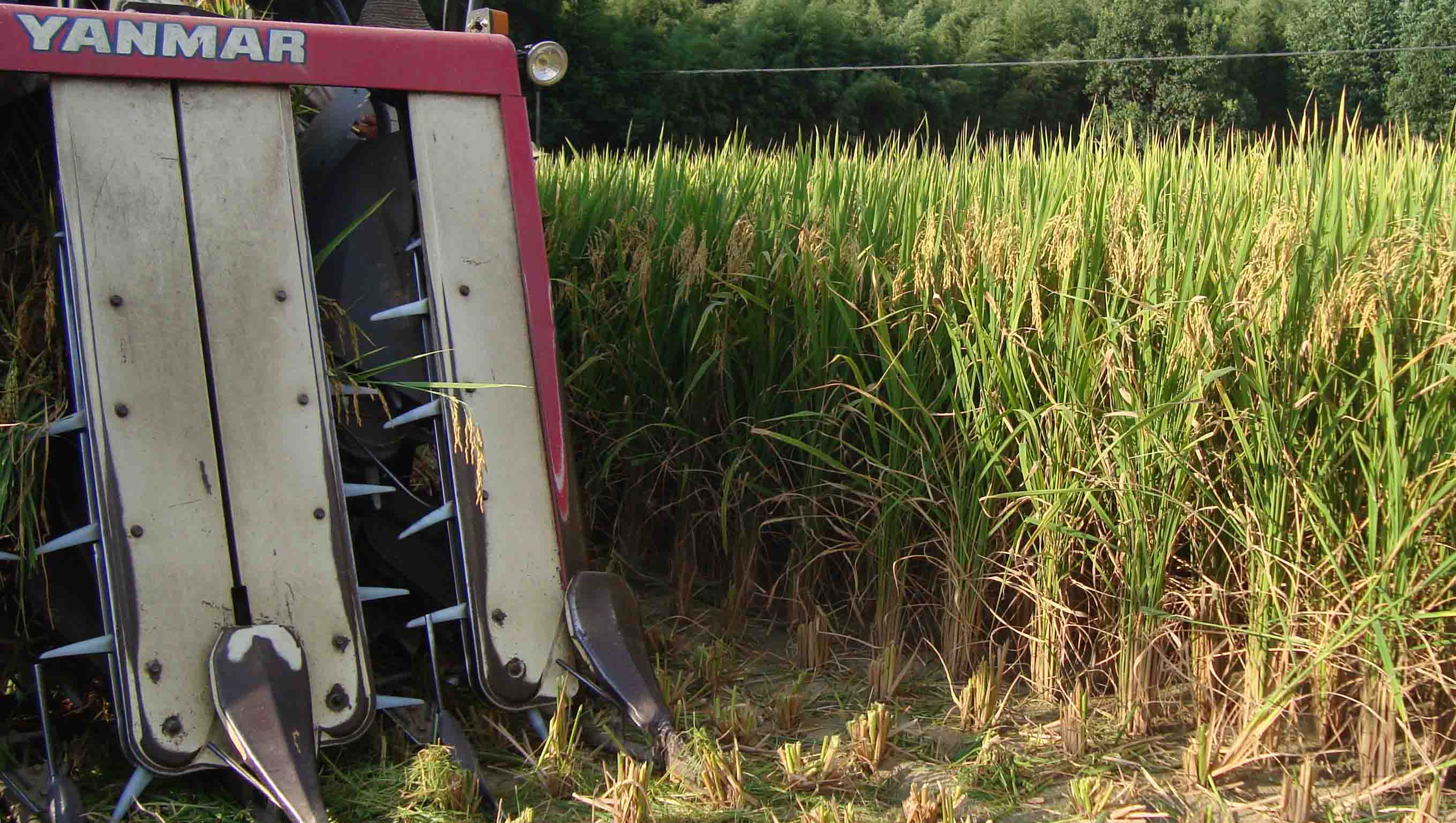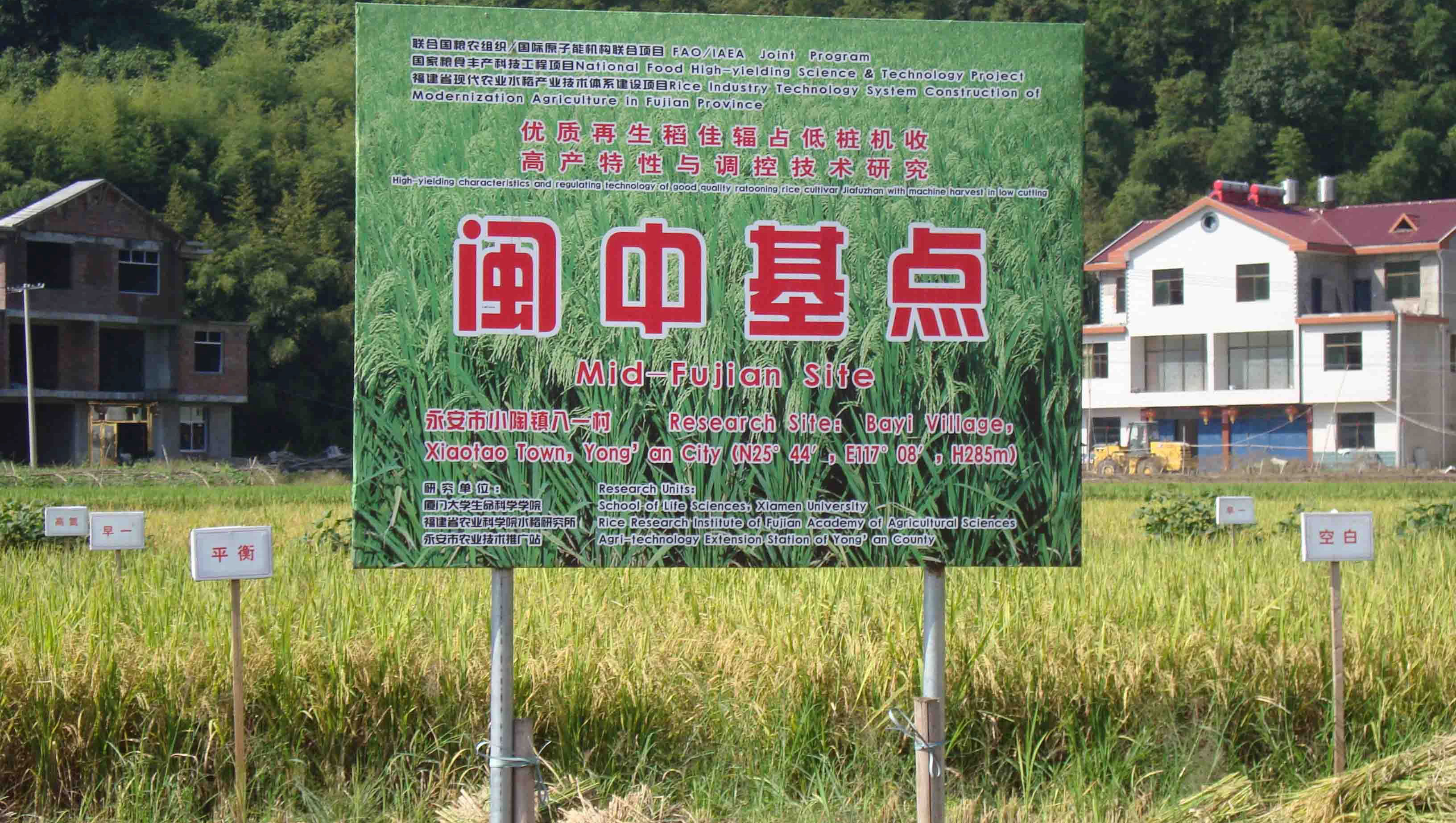Just as grass lawns regrow after they are mowed, rice fields can regrow after they are harvested. This second harvest – known as a ratoon crop – has traditionally yielded only a small fraction of the first harvest. But farmers in China are now benefitting from laboratory and field studies conducted by the Joint FAO/IAEA Division that used nuclear techniques to determine the best rice varieties and the best fertilizer regimes for increasing second harvest yields, often resulting in second harvests as large as the first – meaning the farmers who ratoon correctly are doubling their yields – and their income.
The word “ratoon” meaningfully can be traced to two Latin words: retonsus which means “to cut down” and retono which means “to thunder back”. It’s meaningful because when ratoon is used in relation to agriculture, it means both: a crop is “cut down” at harvest, but its roots are left behind and from that stubble, a second crop “thunders back”. Although, realistically, it’s only been recently – thanks to an increased focus on fertilizer management and plant breeding – that the second “ratoon” crop has returned with any kind of thunderous energy.
Not all crops can regenerate. For example, maize cannot produce a second crop, but sugarcane, sorghum, pigeon pea and, importantly, rice can. The Joint FAO/ IAEA Division began working on improving the outcome of rice ratooning – also called “stubble cropping” – in China’s Fujian Province in 2012. This included studying fertilizer and water management practices for Jiafuzhan, an early maturing rice variety developed by Chinese plant mutation breeders.


